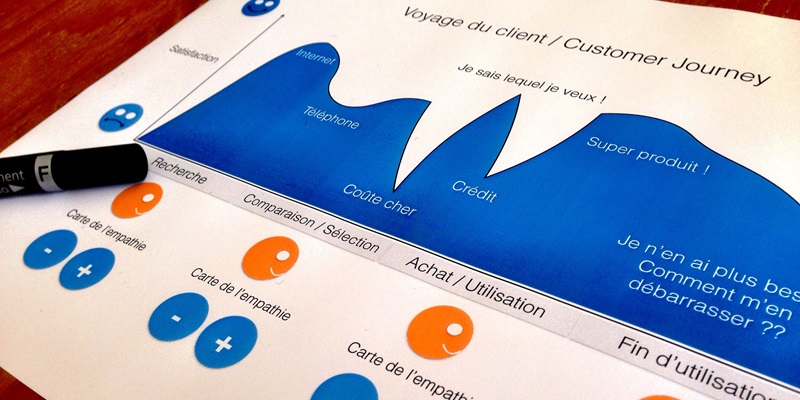In today’s competitive market, providing exceptional customer experiences has become a top priority for businesses. Understanding their journeys and keeping up with those expectations is critical to ensuring that customers have a great experience. This is where customer journey management comes into play. In the simplest terms, customer journey management refers to the process of understanding, mapping, and optimizing the experience customers have as they interact with your brand.
Importance of understanding and meeting customer expectations
In order to effectively manage the customer journey, it is crucial to understand the expectations customers have when they engage with your brand. By gaining insights into their needs, wants, and preferences, businesses can tailor their strategies to meet and even exceed these expectations. By doing so, companies can build strong relationships with their customers and create memorable experiences that set them apart from competitors.
Key components of customer journey management
To effectively manage the customer journey, businesses must first gain a deep understanding of the various touchpoints customers encounter when interacting with their brand. This includes online and offline channels, such as social media, websites, physical stores, and customer support. By analyzing these touchpoints, businesses can identify pain points, areas for improvement, and opportunities to enhance the customer experience.
Once businesses have a complete understanding of the customer journey, it is essential to map out the different stages and touchpoints. This involves identifying key moments of interaction, emotions, and decision-making processes that customers go through. By visualizing the customer journey, businesses can identify gaps, inconsistencies, or areas that require optimization.
A well-managed customer journey is one that is seamless, consistent, and positive across the many different interactions the customer has with a brand. To achieve this, businesses must optimize each touchpoint to ensure a smooth and engaging experience. This includes providing personalized content, proactive customer service, and intuitive user interfaces. By continually monitoring and refining the customer journey, businesses can create a more satisfying and effective experience for their customers.
Benefits of well-managed customer journeys
Meeting customer needs at each stage of the journey cultivates loyalty and encourages repeat business. When customers consistently have positive experiences, they are more likely to become brand advocates and refer the organization to others. By prioritizing customer journey management, businesses can create strong emotional connections that foster customer loyalty and retention.
A positive experience fosters satisfaction and turns customers into brand advocates who recommend the organization to others. When customers have their needs met promptly and effectively at each touchpoint, they are more likely to share their positive experiences with friends, family, and colleagues. This word-of-mouth marketing can significantly impact brand reputation and revenue.
Brands that effectively manage the journey gain a competitive edge by differentiating themselves through superior experiences. In a saturated market where products and services often become commoditized, the way a brand engages with its customers can make all the difference. By investing in customer journey management, businesses can create unique and memorable experiences, establishing themselves as leaders in their respective industries.
Improving Efficiency through Customer Journey Management
Analyzing the customer journey allows businesses to identify touchpoints that may be redundant or unnecessary. By removing these inefficiencies, businesses can streamline the customer experience, saving both time and money. Simplifying processes and reducing the number of required interactions can contribute to a more efficient and satisfying customer journey.
Continual monitoring of the customer journey helps to identify and address any inefficiencies or pain points. This includes identifying bottlenecks, reducing wait times, and ensuring smooth transitions between touchpoints. By proactively addressing these issues, businesses can optimize the customer experience and improve overall operational efficiency.
A key aspect of successful customer journey management is personalization. By leveraging data and insights gained from customer interactions, businesses can create personalized interactions, content, and recommendations. Personalization allows brands to tailor their messaging and offerings to meet individual customer needs, increasing engagement and satisfaction.
Customer journey management is not a one-time effort but an ongoing process that requires regular monitoring and optimization. Customer expectations and preferences evolve, and businesses must adapt to meet these changing needs. Regularly monitoring customer journeys and collecting feedback helps to identify areas for improvement, enabling businesses to stay ahead of the curve and continue providing exceptional experiences.
Implementing customer journey management is essential for businesses of all sizes and industries. By understanding, mapping, and optimizing the customer journey, businesses can create seamless, consistent, and positive experiences that foster customer loyalty, advocacy, and ultimately, business success. Embracing customer journey management as an ongoing process can provide the competitive advantage needed to thrive in today’s customer-centric marketplace. So, prioritize the customer journey and embark on a transformational path towards enhanced customer experiences.

